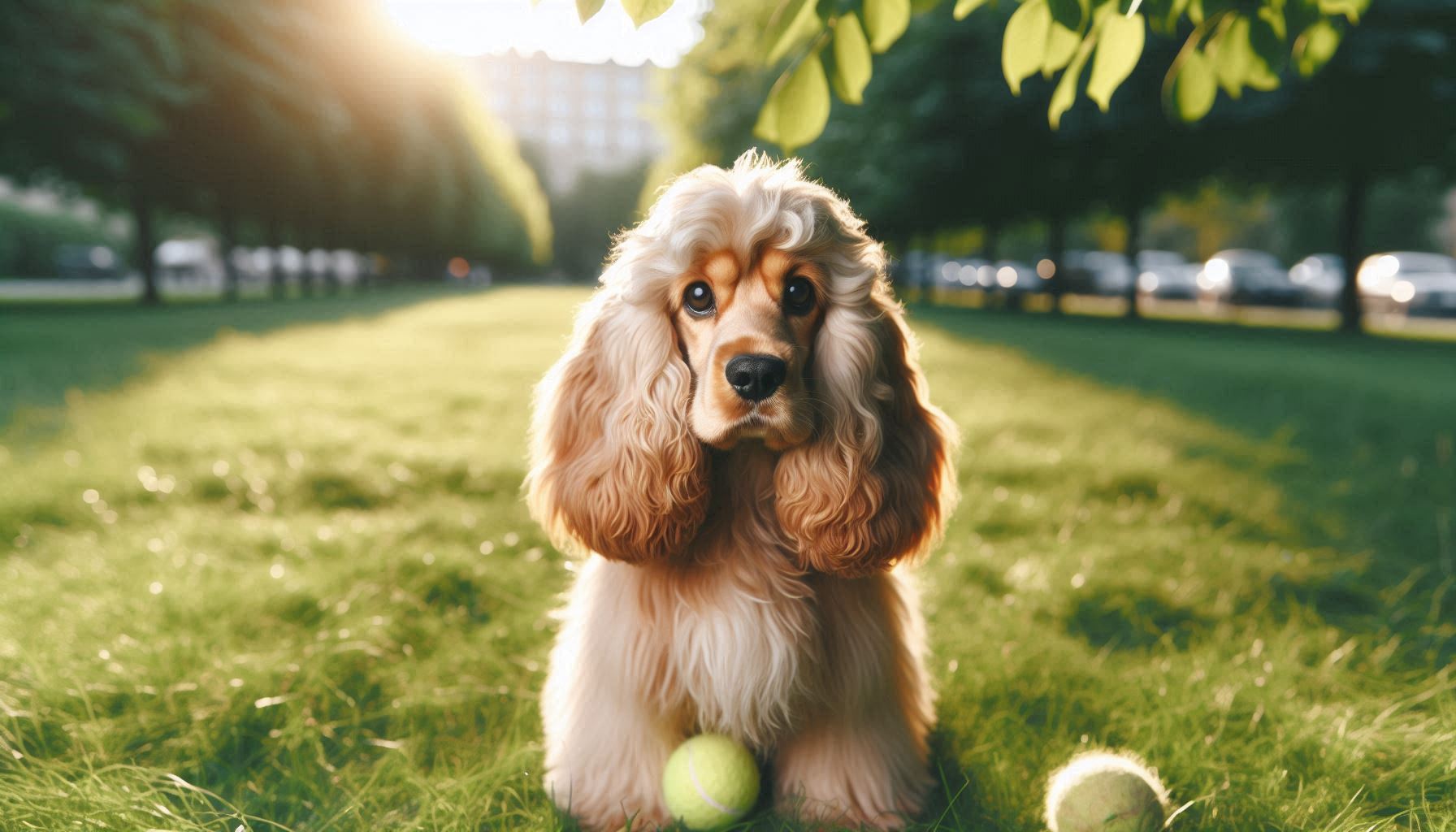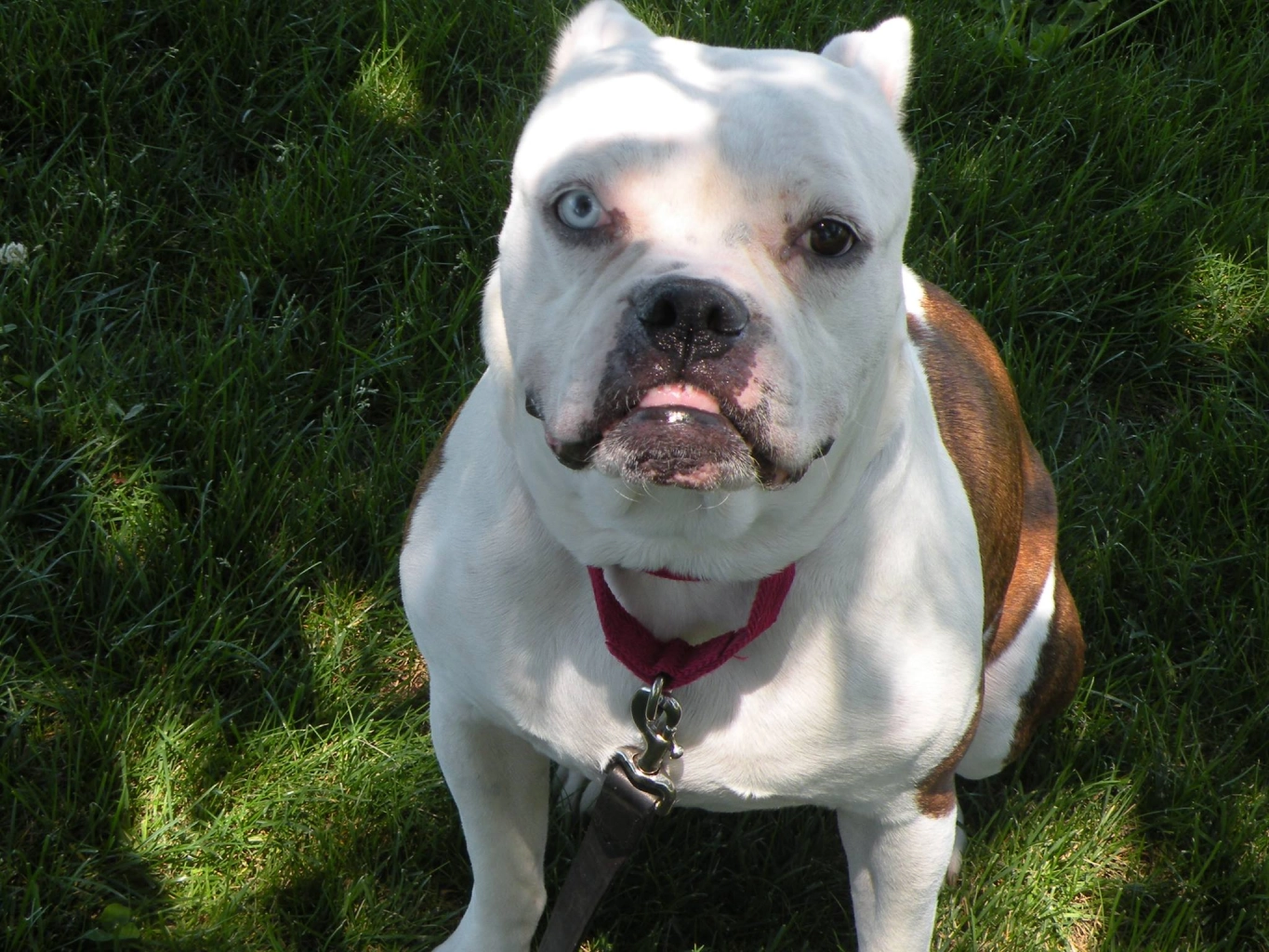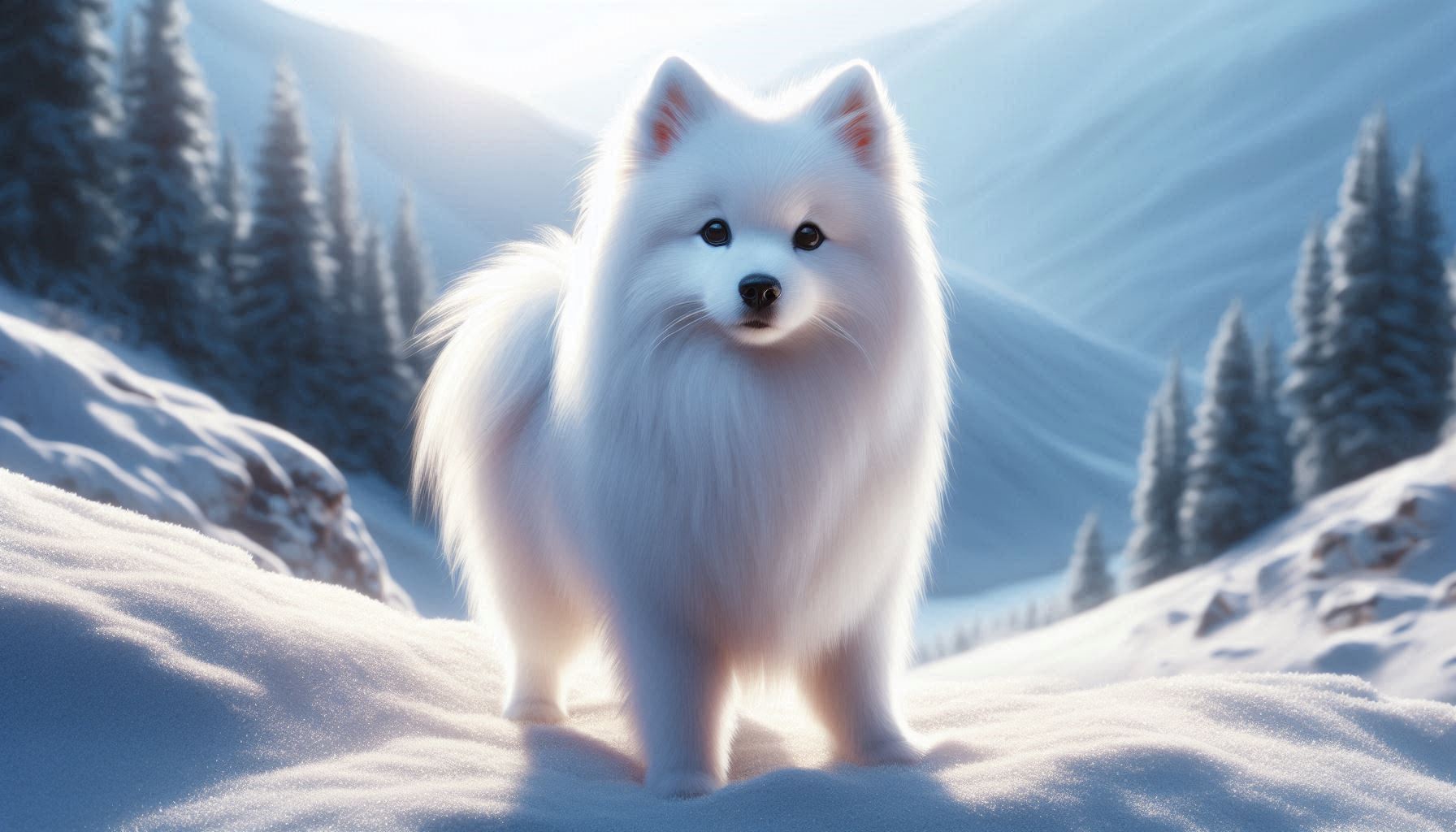Table of Contents
Treeing Walker Coonhound Dog Breed
The Treeing Walker Coonhound, often referred to as the “people’s choice” among coonhounds, is a breed known for its exceptional hunting abilities and friendly demeanor. This medium to large-sized breed is beloved by hunters and families alike, thanks to its combination of high energy, intelligence, and loyalty. Recognized for its speed, endurance, and treeing ability, the Treeing Walker Coonhound is a versatile and adaptable dog. Whether you’re looking for a dedicated hunting companion or a playful family pet, this breed has much to offer.
History and Origin
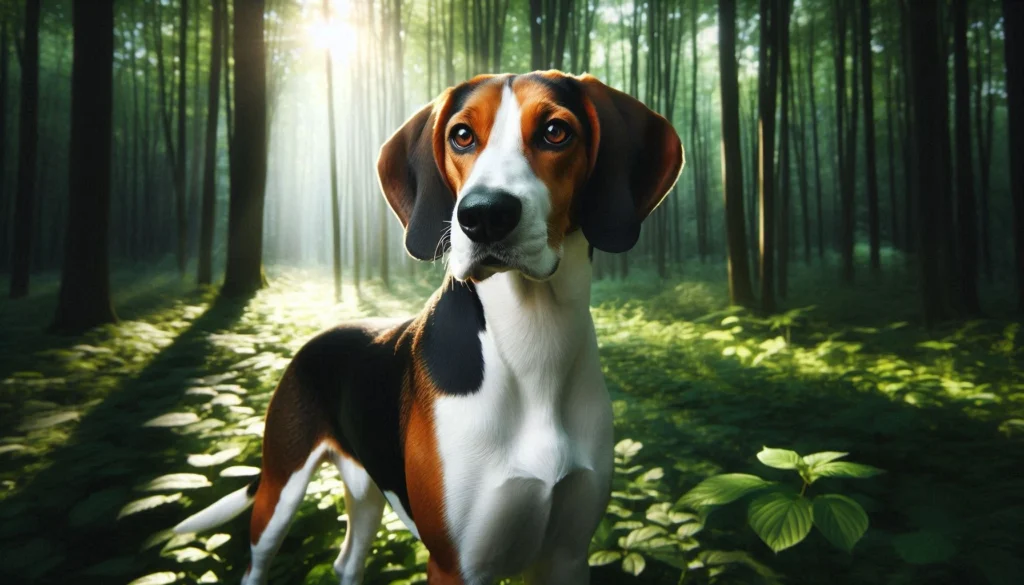
The history of the Treeing Walker Coonhound dates back to the 18th century, with roots deeply embedded in the American South. This breed was developed from the English Foxhound, brought to America by English settlers. The breed’s development was aimed at creating a dog with superior tracking and treeing abilities, particularly suited for hunting raccoons, which is where the “Treeing” part of their name originates.
In the early 19th century, a man named Thomas Walker of Virginia played a pivotal role in refining the breed, which eventually led to the breed being named after him. The Treeing Walker Coonhound was officially recognized by the United Kennel Club (UKC) in 1945 and later by the American Kennel Club (AKC) in 2012. Today, the breed is celebrated not only for its hunting prowess but also for its gentle and friendly nature, making it a popular choice among dog owners.
Physical Characteristics

The Treeing Walker Coonhound is a strikingly handsome dog with a well-balanced, athletic build. Here are some of its key physical characteristics:
- Size: Males typically stand between 22 to 27 inches tall at the shoulder, while females are slightly smaller, ranging from 20 to 25 inches. The breed generally weighs between 50 to 70 pounds.
- Coat Type: The coat is short, smooth, and dense, providing the dog with some protection during outdoor activities without requiring extensive grooming.
- Colors: The breed’s coat is predominantly tri-colored, usually a combination of white, black, and tan. The white is typically the dominant color, with black saddle markings and tan accents on the face and legs.
- Distinctive Features: The Treeing Walker Coonhound has a noble, alert expression, with large, expressive brown eyes. Its long ears are set low and hang gracefully beside the head, contributing to its classic hound appearance. The tail is long and slightly curved, often carried high when the dog is alert or in motion.
Temperament and Personality
Treeing Walker Coonhounds are known for their friendly, outgoing personalities. They are intelligent and eager to please, which makes them relatively easy to train, though their strong hunting instincts can sometimes lead to independent behavior. Here’s what you can expect in terms of temperament:
- Interaction with People: This breed is typically very affectionate and enjoys being around people. They are known to form strong bonds with their owners and are often very loyal. While they are generally friendly with strangers, they may be reserved at first.
- Interaction with Children: Treeing Walker Coonhounds are excellent with children. Their playful and gentle nature makes them great companions for kids, and they are usually very patient.
- Interaction with Other Animals: Given their hunting background, Treeing Walker Coonhounds have a strong prey drive. While they usually get along well with other dogs, they might not be the best fit for homes with small animals such as cats, rabbits, or rodents. Early socialization can help mitigate some of these tendencies.
Health and Lifespan
The Treeing Walker Coonhound is generally a healthy breed, but like all breeds, they are prone to certain health conditions. Being aware of these can help you take proactive steps to ensure your dog lives a long, healthy life.
- Common Health Issues:
- Hip Dysplasia: A genetic condition where the hip joint doesn’t fit properly, leading to arthritis and pain.
- Ear Infections: Due to their long, floppy ears, this breed is more prone to ear infections if not properly cleaned.
- Bloat: Also known as gastric torsion, this is a life-threatening condition where the stomach twists, and it requires immediate veterinary attention.
- Lifespan: The average lifespan of a Treeing Walker Coonhound is about 12 to 13 years, though with proper care, some can live even longer.
- Health Tips: Regular exercise, a balanced diet, and routine veterinary care are essential for keeping your Treeing Walker Coonhound healthy. Regular ear cleaning and monitoring for signs of hip dysplasia are also recommended.
Care and Grooming

Caring for a Treeing Walker Coonhound is relatively straightforward, but it does require some commitment, especially in terms of exercise and grooming.
- Grooming Needs: The breed’s short coat is low-maintenance and only requires occasional brushing to remove loose hairs. A weekly brushing session is usually sufficient. However, because of their long ears, it’s important to check and clean their ears regularly to prevent infections.
- Exercise Requirements: This is a high-energy breed that needs plenty of exercise to stay happy and healthy. Daily walks, along with opportunities to run and play in a secure area, are essential. They are natural hunters, so activities that allow them to use their tracking skills, like scent work or games of fetch, are particularly beneficial.
- Dietary Recommendations: A high-quality dog food that is appropriate for their age, size, and activity level is important. Treeing Walker Coonhounds can be prone to obesity, so it’s important to monitor their food intake and weight.
Training and Socialization
Training a Treeing Walker Coonhound can be both rewarding and challenging. Their intelligence and eagerness to please are definite advantages, but their independent nature and strong prey drive can sometimes pose challenges.
- Training Tips:
- Consistency is Key: Use consistent commands and positive reinforcement techniques such as treats and praise.
- Early Training: Start training early, especially when it comes to recall and leash walking, as their strong scent drive can make them prone to wandering off.
- Mental Stimulation: Incorporate mental challenges into their training to keep them engaged. Puzzle toys and interactive games work well.
- Socialization: Early socialization is crucial to ensure they grow into well-rounded adults. Expose them to a variety of people, animals, and environments from a young age. This will help them become more adaptable and less likely to develop behavioral issues.
Suitability as a Family Pet

The Treeing Walker Coonhound can make a wonderful family pet, but it’s important to consider a few factors before deciding if this breed is right for your home.
- Living Environment: While they can adapt to living in an apartment, they are best suited to homes with a large yard where they can run and play. They are not well-suited to homes with small pets due to their strong prey drive.
- Energy Levels: This breed has high energy levels and requires an active household. They are great for families that enjoy outdoor activities like hiking, running, or hunting.
- Children and Other Pets: As mentioned earlier, they are excellent with children, but care should be taken when introducing them to other small pets.
Fun Facts and Trivia
- Speed and Agility: The Treeing Walker Coonhound is one of the fastest hound breeds, capable of reaching speeds that rival those of Greyhounds.
- Famous Namesake: The breed was named after Thomas Walker, who played a significant role in developing the breed in the United States.
- Hunting Heritage: The breed’s “Treeing” ability refers to their skill in chasing game up into trees and then alerting their owners with a distinctive bark.
Dog Breeds Similar to Treeing Walker Coonhound


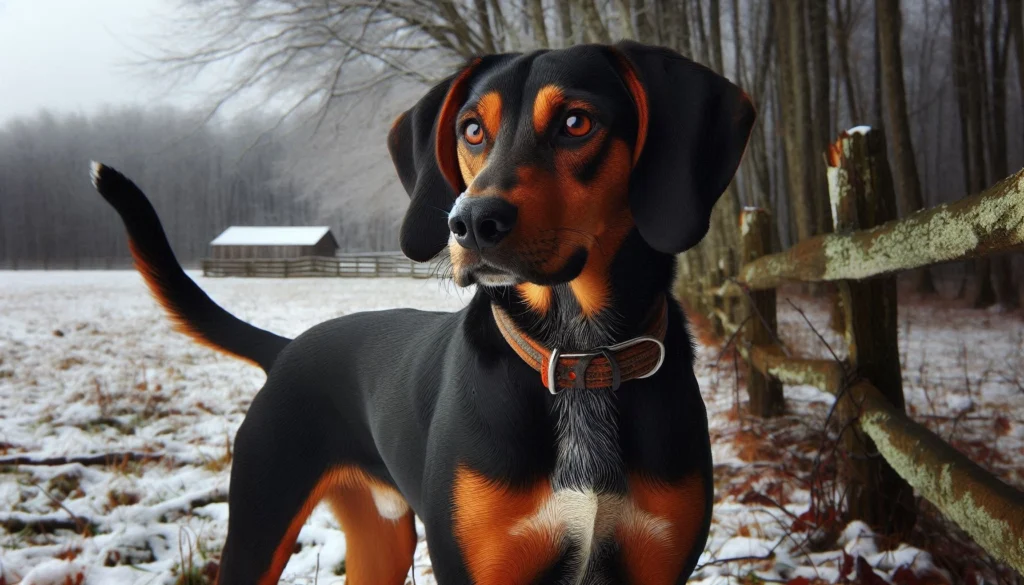
- Bluetick Coonhound: Another member of the coonhound family, the Bluetick Coonhound is known for its excellent tracking abilities and striking blue-black coat. Like the Treeing Walker Coonhound, it is an energetic and loyal companion with a strong prey drive.
- American Foxhound: The American Foxhound shares a similar history with the Treeing Walker Coonhound, as both breeds descend from English Foxhounds. The American Foxhound is slightly larger and has a similar disposition, being friendly, independent, and high-energy.
- Black and Tan Coonhound: This breed is known for its black and tan coat and its excellent ability to trail scents over long distances. It shares the Treeing Walker Coonhound’s strong hunting instincts and friendly, outgoing personality.
Conclusion
The Treeing Walker Coonhound is a versatile and affectionate breed that can be a great addition to active households. Whether you’re an experienced hunter looking for a reliable partner or a family seeking a loyal and playful companion, this breed offers a unique combination of traits that make it stand out. With proper care, training, and socialization, the Treeing Walker Coonhound can thrive in a variety of environments and bring joy to any home.
If you’re considering adding a Treeing Walker Coonhound to your family, take the time to research and understand their needs to ensure they are the right fit for your lifestyle. Their high energy, intelligence, and friendly nature can make them a delightful pet for those who are prepared to meet their needs.
FAQ
Is the Treeing Walker Coonhound a dangerous dog?
No, the Treeing Walker Coonhound is not considered a dangerous dog. They are known for their friendly and gentle temperament, especially towards children and other dogs. However, like any breed, proper training and socialization are essential to ensure they behave well in various situations.
Is the Treeing Walker Coonhound the best guard dog to protect my family?
While the Treeing Walker Coonhound is alert and will bark to notify you of strangers, they are not typically used as guard dogs. Their friendly nature makes them more suited to being companions rather than protectors. If you’re looking for a guard dog, breeds specifically bred for protection might be more suitable.
